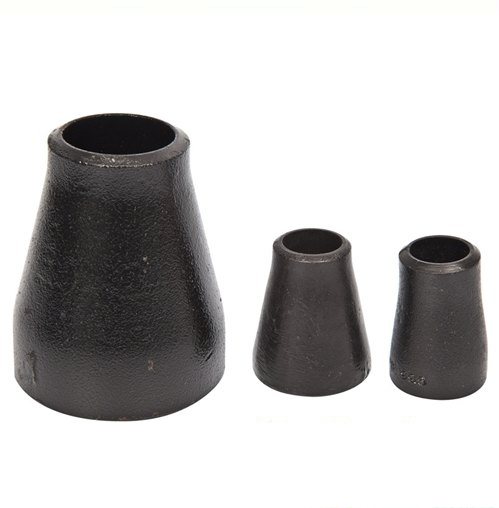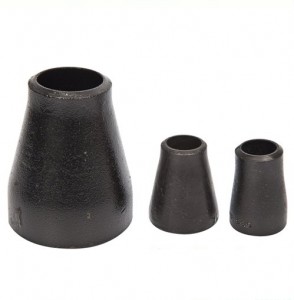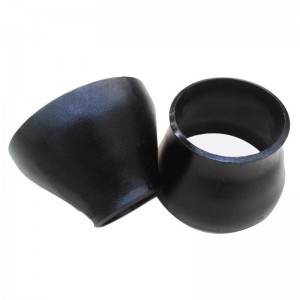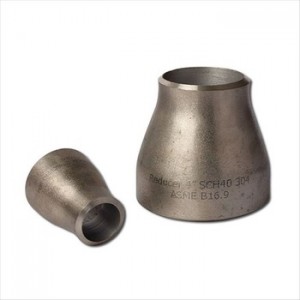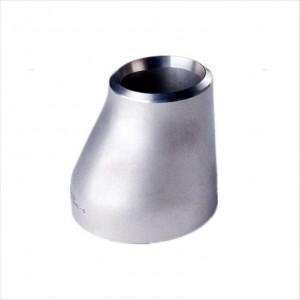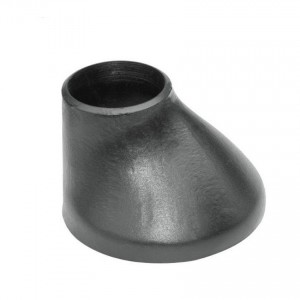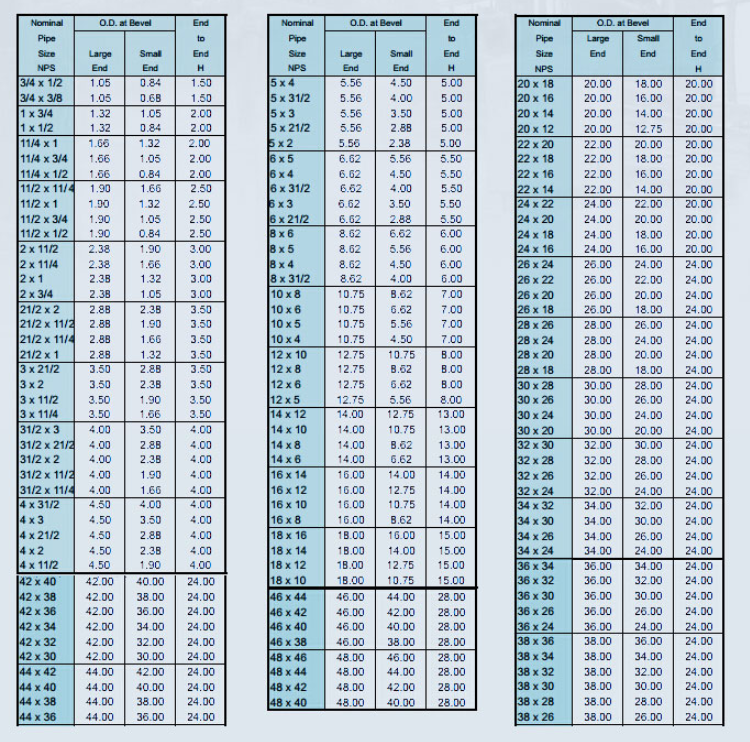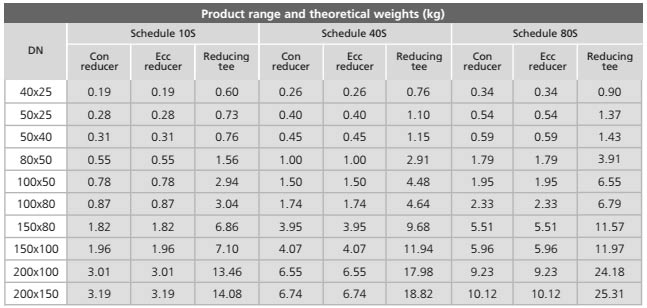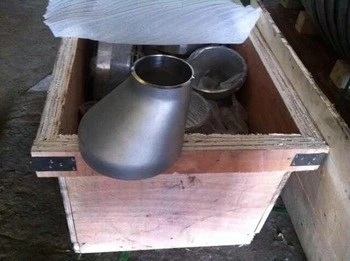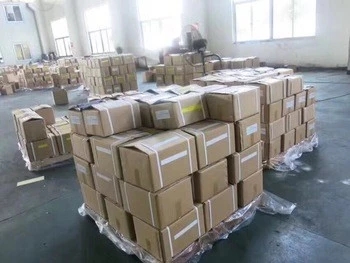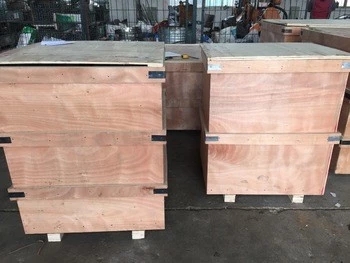Un riduttore per tubi in acciaioè un componente utilizzato nelle tubazioni per ridurne le dimensioni da grande a piccolo in base al diametro interno. In questo caso la lunghezza della riduzione è pari alla media dei diametri dei tubi più piccoli e di quelli più grandi. In questo caso il riduttore può essere utilizzato come ugello. Il riduttore aiuta a soddisfare le tubazioni esistenti di varie dimensioni o il flusso idraulico dei sistemi di tubazioni.
1. Tipi di materiali del riduttore del tubo
Riduttore in acciaio al carbonio vs riduttore in acciaio inossidabile
I riduttori possono essere realizzati in acciaio al carbonio, legato o acciaio inossidabile e molto altro. Rispetto al riduttore in acciaio inossidabile, il riduttore in acciaio al carbonio possiede resistenza alle alte pressioni, maggiore resistenza e resistenza all'usura, ma può essere facilmente corroso.
Standard e gradi dei materiali del riduttore in acciaio al carbonio:
A234 WPB, A420 WPL6, MSS-SP-75 WPHY 42, 46, 52, 56, 60, 65 e 70.
Per riduttore in acciaio inossidabile:
ASTM A403 WP 304, 304L, A403, 316, 316L, 317, 317L, 321, 310 e 904L, ecc.
Per riduttore per tubi in lega:
A234 WP1, WP5, WP9, WP11, WP22, WP91 ecc.
2. Tipi di riduttori
Esistono due tipi di riduttore, riduttore concentrico e riduttore eccentrico.
Riduttore concentrico
Questo riduttore è costituito da raccordi simmetrici e di forma conica che allargano o riducono il diametro equamente rispetto alla linea centrale. Ad esempio, quando il tubo da 1" passa al tubo da ¾", la parte superiore o inferiore del tubo non rimane a livello. È ampiamente utilizzato quando si modifica il diametro singolo o multiplo.
Riduttore eccentrico
Un raccordo di forma conica che riduce o aumenta il diametro, ma non è simmetrico rispetto alla linea centrale. Viene utilizzato nei sistemi di tubazioni per ridurre il diametro di un tubo da una dimensione a una dimensione più grande o piccola.
Differenze tra riduttore concentrico e riduttore eccentrico
I riduttori concentrici sono ampiamente utilizzati mentre i riduttori eccentrici vengono applicati per mantenere il livello del tubo superiore e inferiore. I riduttori eccentrici evitano inoltre l'intrappolamento dell'aria all'interno del tubo e il riduttore concentrico rimuove l'inquinamento acustico.
3. Processo di produzione del riduttore per tubi in acciaio
Esistono processi di produzione versatili per i riduttori. Questi sono costituiti da tubi saldati con il materiale di riempimento richiesto. Tuttavia, i tubi EFW ed ERW non possono utilizzare il riduttore. Per produrre parti forgiate vengono utilizzati diversi tipi di metodi, inclusi processi di formatura a freddo e a caldo. Include il "Metodo del dado esterno".
4. Metodo del diametro esterno
È il metodo più comune per produrre il riduttore per tubi in acciaio. Il tubo viene tagliato e pressato nella matrice esterna mentre un'estremità del tubo viene compressa nella dimensione più piccola. Questo metodo è adatto per la produzione di riduttori di piccole e medie dimensioni.
5. Tipi di connessione del riduttore del tubo
Gamme di diversi tipi di connessione, il riduttore del tubo può essere classificato con riduttore con saldatura a tasca e riduttore con saldatura di testa.
Riduttore per saldatura a presa vs Riduttore per saldatura di testa
Il riduttore per saldatura a tasca chiamato anche inserto per saldatura a tasca, ha tre tipi 1, 2 e 3. Gli standard di produzione sono conformi ad ASME B16.11.
La presa di saldatura resiste a metà della forza della saldatura di testa, quindi viene utilizzata per tubi di piccolo diametro con un diametro pari o inferiore a NPS 2. Butt Weld ha una buona resistenza, poiché è adatto per condotte ad alta pressione e temperatura.
Estremità della riduzione con saldatura di testa piane o smussate, prodotte in conformità con ASME B16.9 e processo di saldatura secondo ASME B16.25.
6. Applicazioni del riduttore per tubi in acciaio
L'utilizzo di un riduttore in acciaio viene effettuato nelle fabbriche chimiche e nelle centrali elettriche. Rende il sistema di tubazioni affidabile e compatto. Salvaguarda il sistema di tubazioni da qualsiasi tipo di impatto negativo o deformazione termica. Quando è sul cerchio di pressione, impedisce qualsiasi tipo di perdita ed è facile da installare. I riduttori rivestiti in nichel o cromo prolungano la vita del prodotto, utile per linee ad alto vapore, e prevengono la corrosione.
Riduttore per tubi, raccordi per riduttori
I riduttori per tubi in acciaio disponibili sono di tipo concentrico ed eccentrico. I riduttori per tubi sono componenti adatti nelle tubazioni che riducono le dimensioni dei tubi da fori grandi a piccoli. Le estremità di ingresso e uscita dei riduttori per tubi in acciaio e dei riduttori per tubi in lega si allineano su una linea centrale comune.
I riduttori possono essere realizzati in acciaio al carbonio, legato o acciaio inossidabile e molto altro. Rispetto al riduttore in acciaio inossidabile, il riduttore in acciaio al carbonio possiede resistenza alle alte pressioni, maggiore resistenza e resistenza all'usura, ma può essere facilmente corroso.
Standard e gradi dei materiali del riduttore in acciaio al carbonio:
A234 WPB, A420 WPL6, MSS-SP-75 WPHY 42, 46, 52, 56, 60, 65 e 70.
Per riduttore in acciaio inossidabile:
ASTM A403 WP 304, 304L, A403, 316, 316L, 317, 317L, 321, 310 e 904L, ecc.
Per riduttore per tubi in lega:
A234 WP1, WP5, WP9, WP11, WP22, WP91 ecc.
Oliatura leggera, pittura nera


